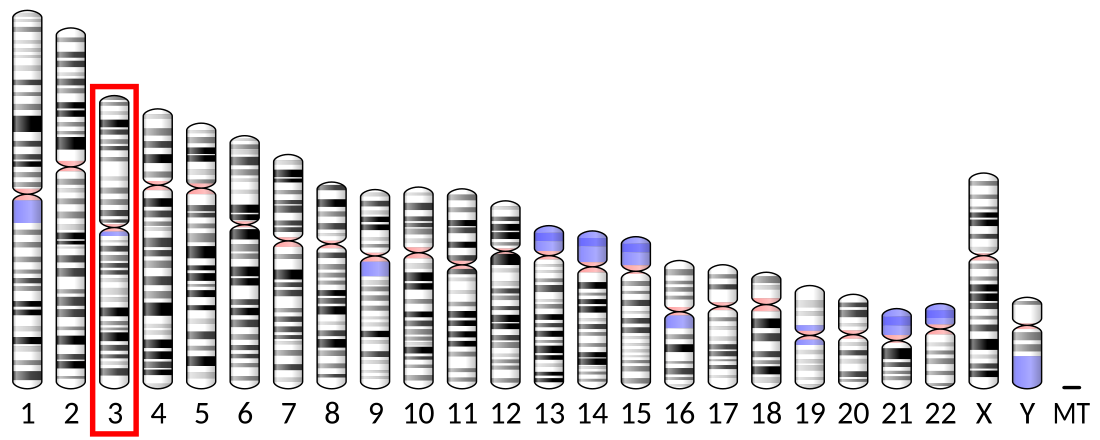Top Qs
Timeline
Chat
Perspective
STAG1
Protein-coding gene in the species Homo sapiens From Wikipedia, the free encyclopedia
Remove ads
Cohesin subunit SA-1 (SA1) is a protein that in humans is encoded by the STAG1 gene.[5][6] SA1 is a subunit of the Cohesin complex which mediates sister chromatid cohesion, homologous recombination and DNA looping. In somatic cells cohesin is formed of SMC3, SMC1, RAD21 and either SA1 or SA2 whereas in meiosis, cohesin is formed of SMC3, SMC1B, REC8 and SA3. There is a nonprofit community formed for those with a STAG1 Gene mutation at www.stag1gene.org.
Remove ads
Structure

SA1 is one of three human homologues of the yeast protein Scc3 which is a core subunit of the cohesin complex (the three human paralogues are SA1, SA2 and SA3). SA1 and SA2 are expressed in somatic cells whereas SA3 is the main SA paralogue in meiotic cells. In humans, SA2 has been shown to be more abundant than SA1; however, in other cell types, SA1 is the dominant form.[7]
SA1 stably binds to cohesin via the RAD21 subunit and functions as a platform for other regulatory subunits. The sequences of SA1 and SA2 are 75% conserved. They demonstrate a distinction between the N-terminal region and the C-terminal region.[8] SA1 has an evident AT-hook at the N-terminal region.[9]
Remove ads
Function
SA1 has roles in regulating both cohesin loading and release.[6] SA1 functions specifically in telomere cohesion.[10]
In mice, SA1 is required for embryonic development and has been shown to be lethal if not expressed.[11]
References
External links
Wikiwand - on
Seamless Wikipedia browsing. On steroids.
Remove ads






